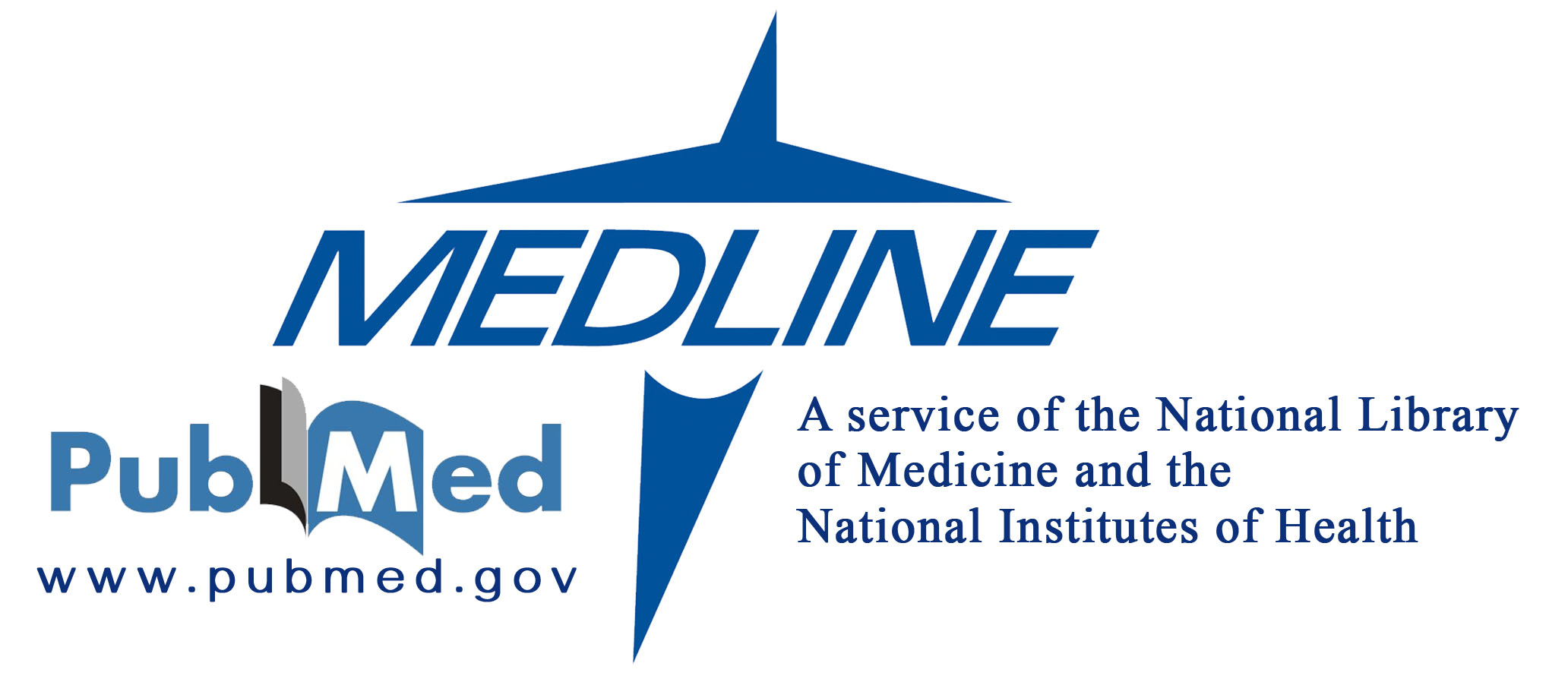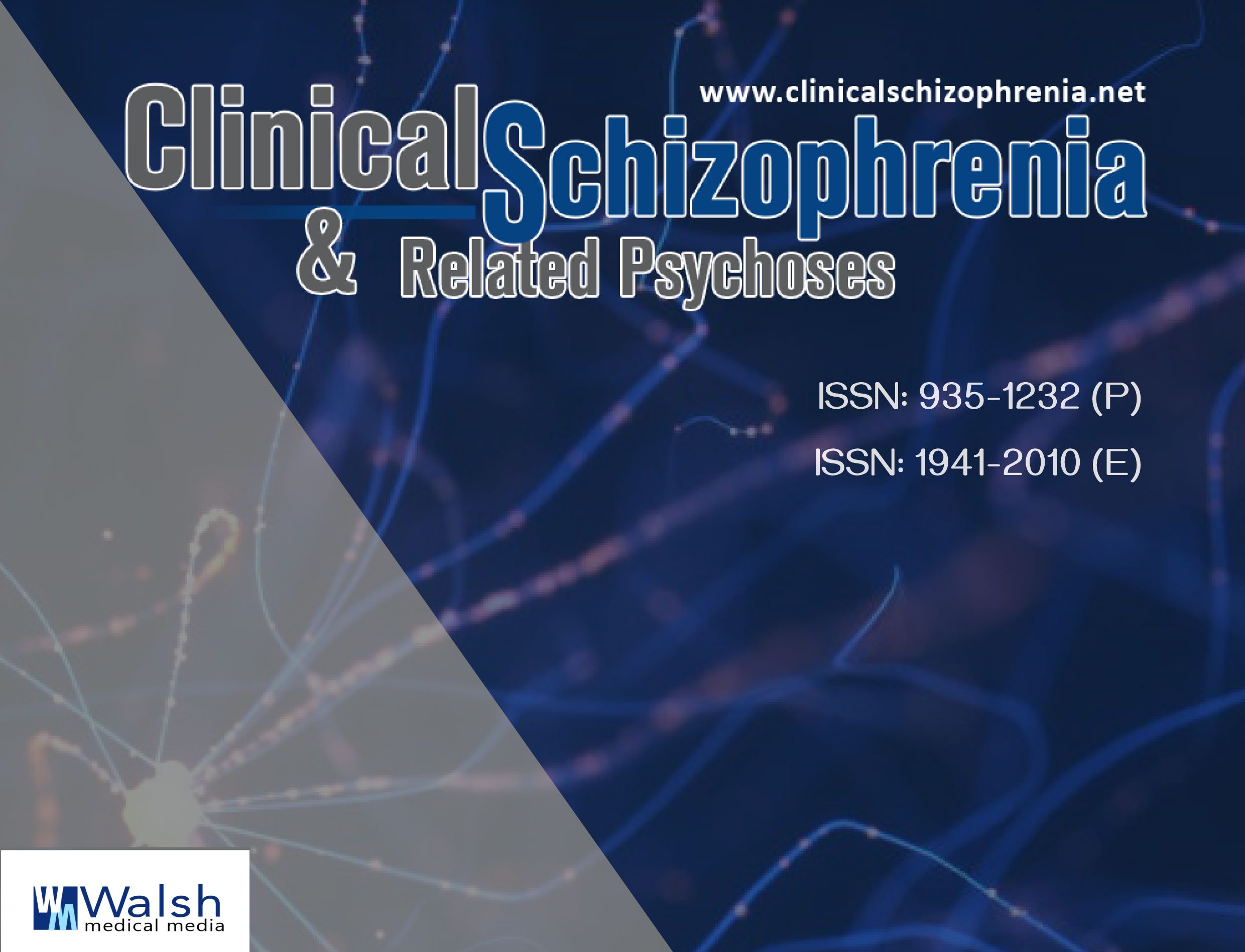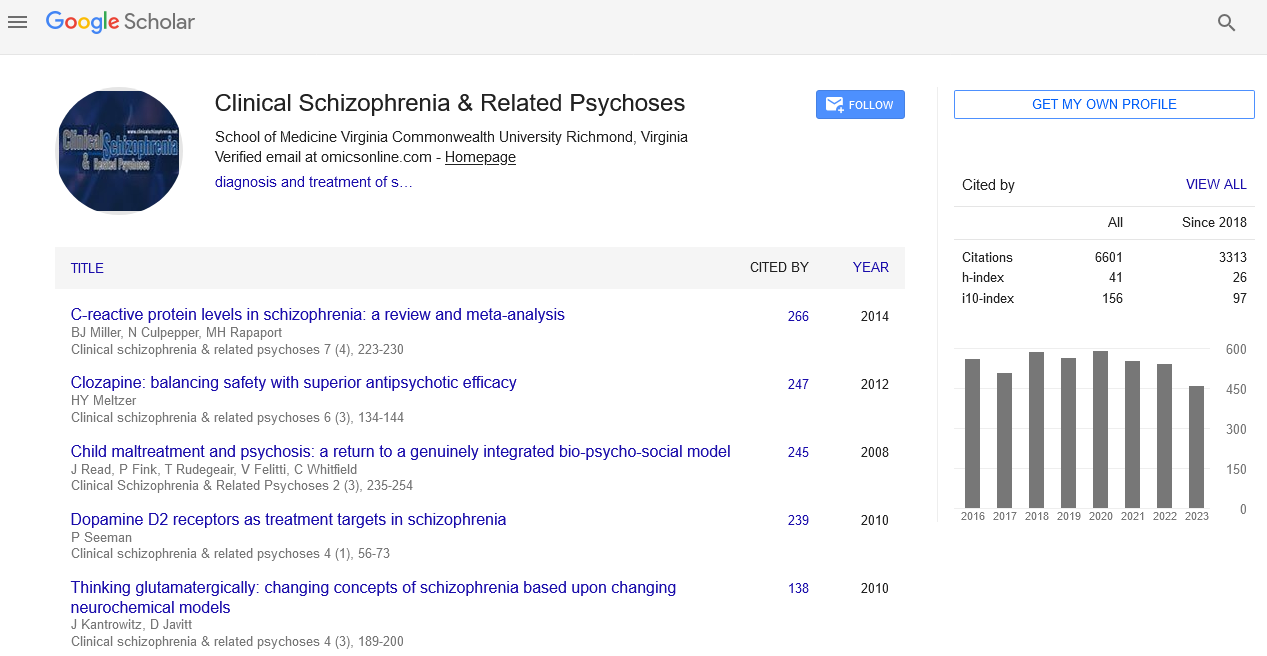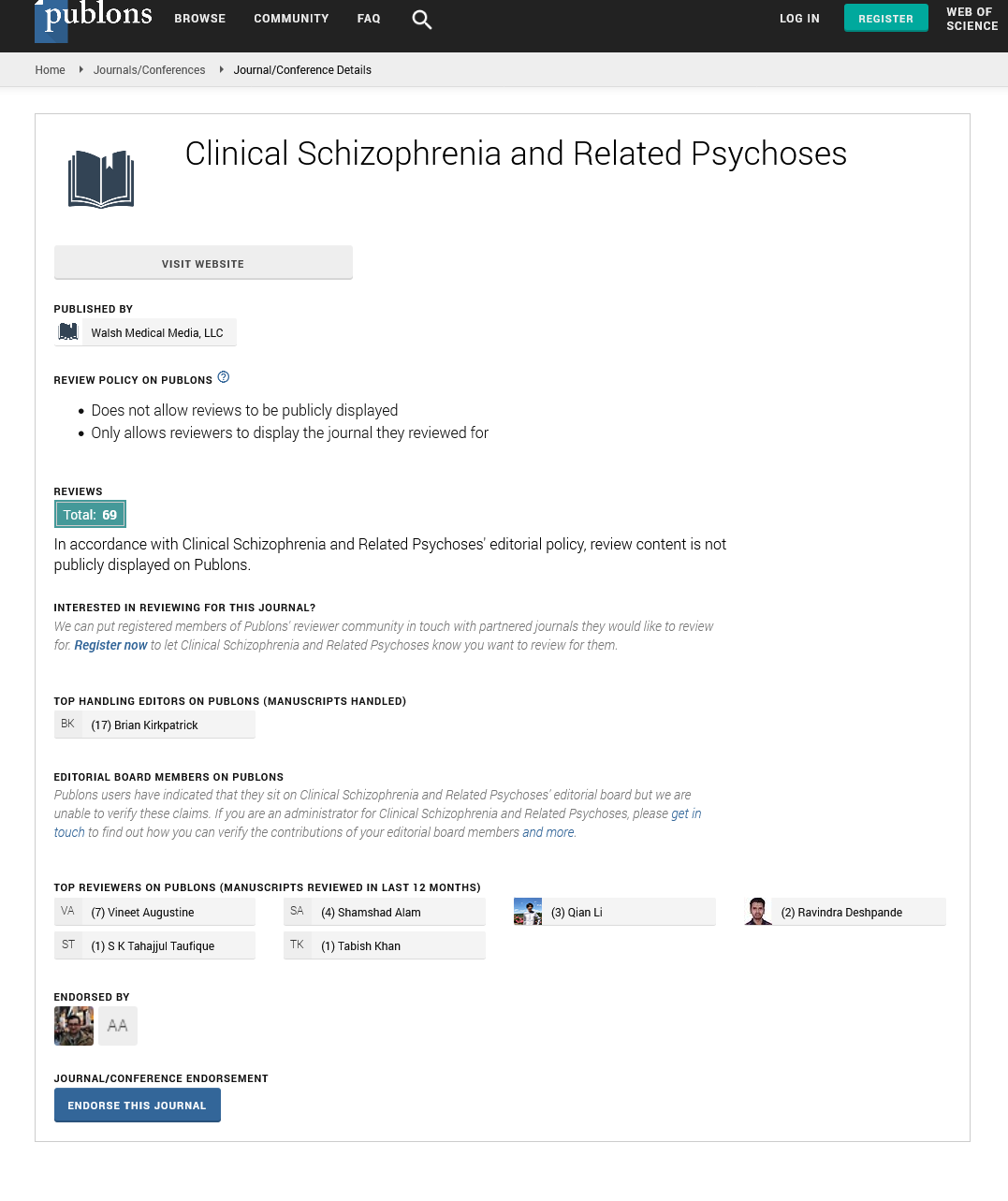Abstract
The Effect of Group Therapy Based on Acceptance and Commitment with Psychodrama Components on Social Anxiety of Students with Social Anxiety Disorder
Author(s): Malihe Kabusi, Maryam Ebrahimpour Roodposhti, Maliheh Eshaghzadeh, Zahra Shafiei, Zahra Sadeghi, Hamid Nazari and Mohsen Sahebanmaleki*Introduction: Social phobia or social anxiety refers to the fear, anxiety and avoidance of social interactions that can be carefully examined. This anxiety becomes a social anxiety disorder when it interferes with daily activities. Acceptance and commitment-based therapy is one of the most helpful methods to reduce anxiety. This method, which is part of the third generation of psychotherapy interventions, strives to improve one's psychological connection with his/her thoughts and feelings, instead of changing cognitions. Therefore, this study was conducted to determine the effect of group therapy based on acceptance and commitment with psychodrama components on social anxiety of undergraduate students.
Methods: This is a randomized trial study with pretest/post-test design that was conducted at Torbat Heydariyeh University of Medical Sciences in 2017. A total 48 students with social anxiety disorder referred to the counseling center of the University were randomly selected and allocated into one intervention group (12 students) and three control groups (12 students each). The intervention group (combined psychotherapy group) participated in 12 sessions of therapy that lasted for 90 minutes each (2 sessions per week). Control groups received psychodrama therapy, acceptance and commitment-based therapy and no therapy. Data were collected through Connor’s Social Anxiety Questionnaire (2000) and then were analyzed by Analysis of Variance (ANOVA) and Analysis of Covariance (ANCOVA).
Results: The scores of social anxiety in four study groups decreased after psychological interventions. The mean score of social anxiety in the group treated with psychodrama was 63.75 ± 11.37 before the intervention and 50.08 ± 5.17 after the intervention. This score in the group treated with acceptance and commitment- based therapy was 60.25 ± 10.71 before the intervention and 43.66 ± 7.05 after the intervention and in the group treated with combined therapy was 61.75 ± 11.49 before the intervention and 34.75 ± 8.19 after the intervention. Also, the mean score of anxiety in the control group did not show a significant difference (p=0.86), but the reduction in social anxiety score of the group treated with combined therapy was significantly higher (p<0.001) than the other two groups.
Conclusion: Due to the effectiveness of this non-pharmacological and low cost method, its use is recommended to reduce social anxiety. Officials and those involved in the health care system have an important role in increasing mental health and the quality of care by using these treatment approaches. Therefore, it is necessary to increase the quality of clinical care by facilitating the use of these treatments.






